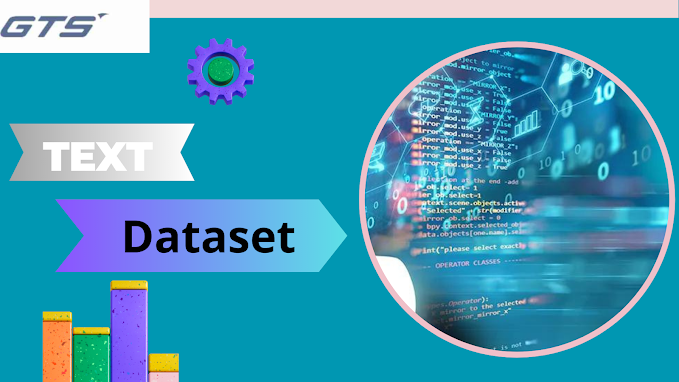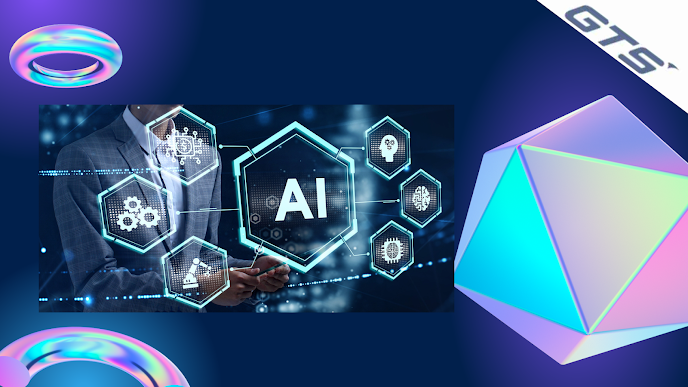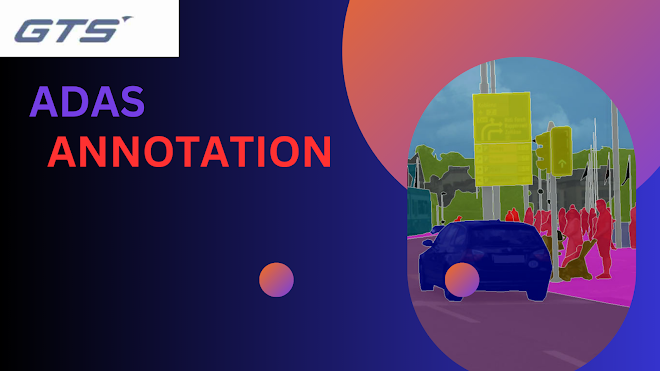
Accelerating ML Development with Expert Data Collection Services Introduction: Machine Learning (ML) is becoming increasingly important in today's technology-driven world, with applications in various domains such as healthcare, finance, and retail. However, one of the biggest challenges in ML development is the availability and quality of data. Data collection is a critical aspect of ML development, as it determines the accuracy and effectiveness of the models being developed. Expert Data collection company services can help accelerate ML development by providing access to high-quality data that is relevant to specific use cases. These services are typically provided by companies that specialize in data collection and have expertise in various domains. By outsourcing data collection to expert services, ML developers can save time and resources that would otherwise be spent on data collection, cleaning, and preparation. This allows developers to focus on building and fine-tuning t
.png)
.png)
.png)

.png)
.png)


.png)